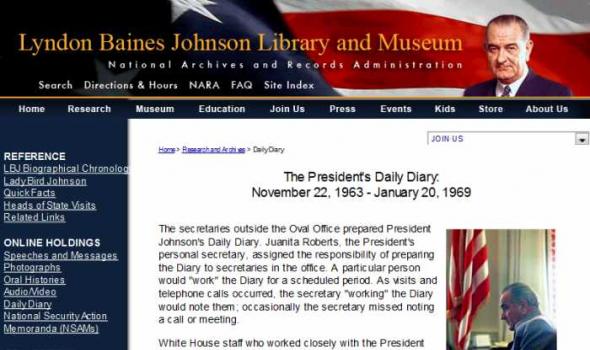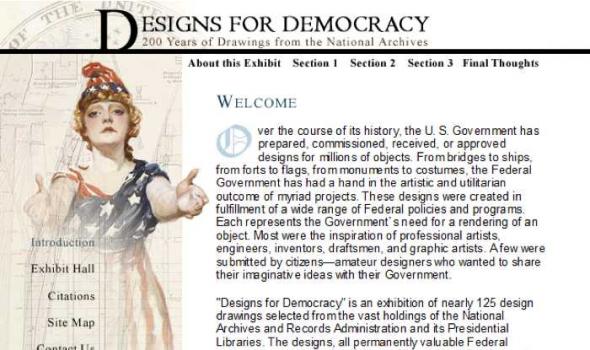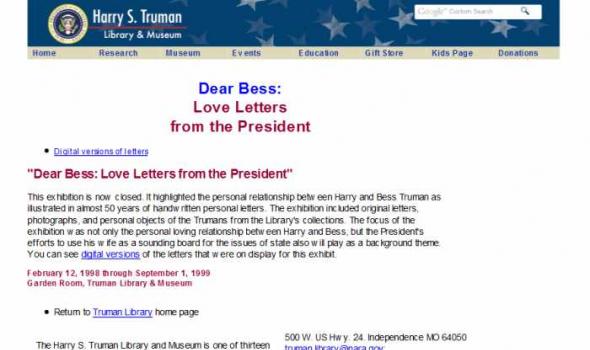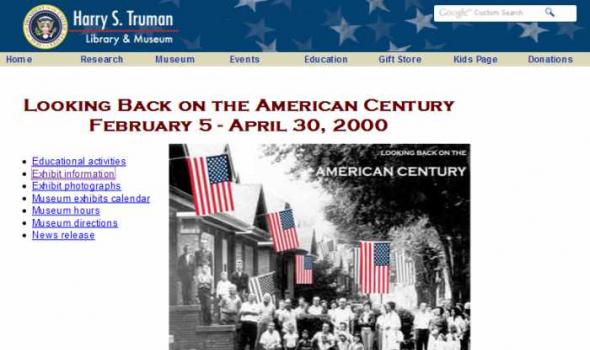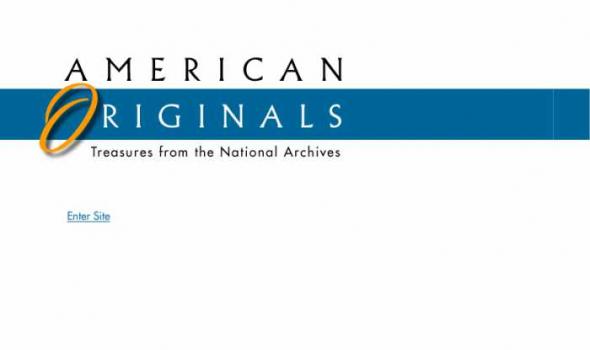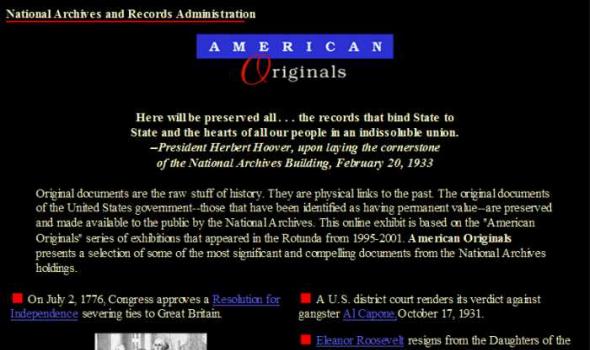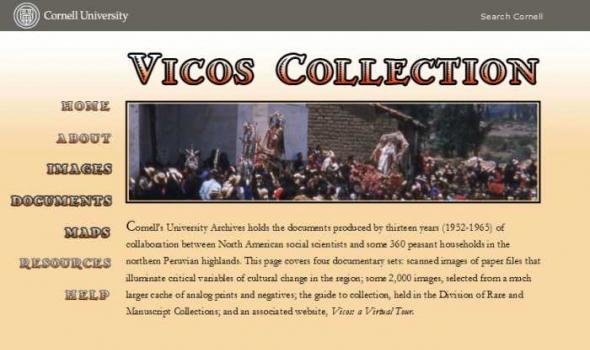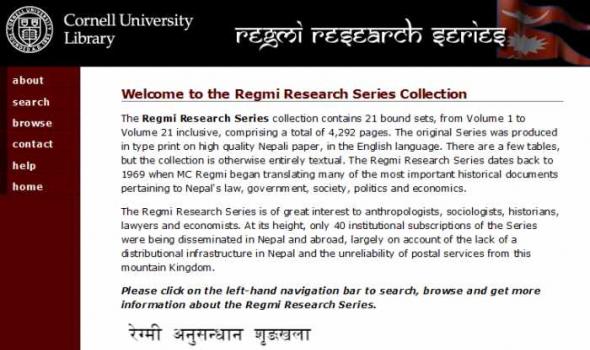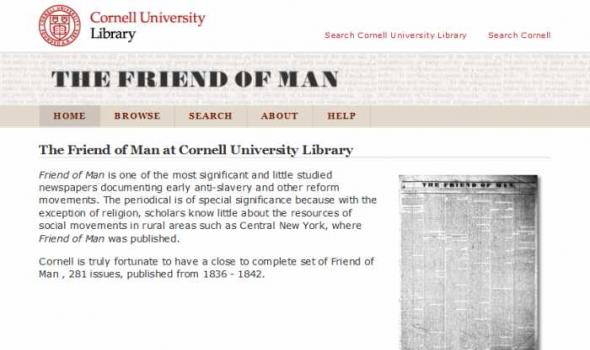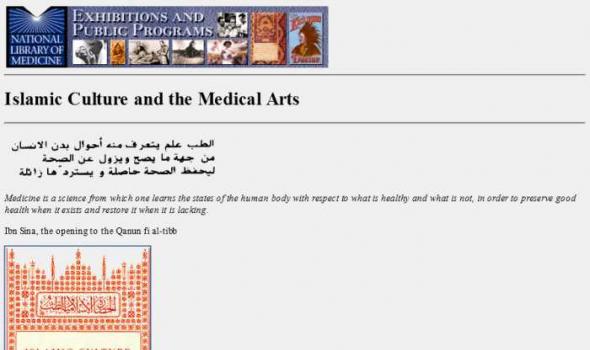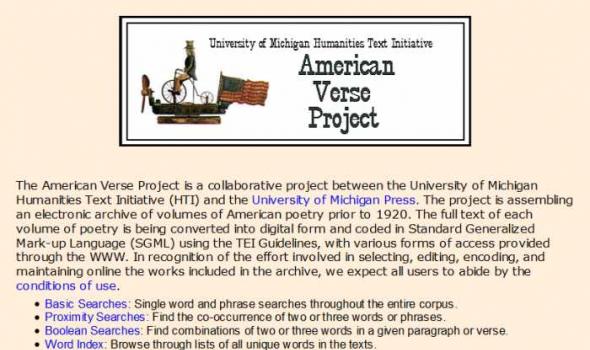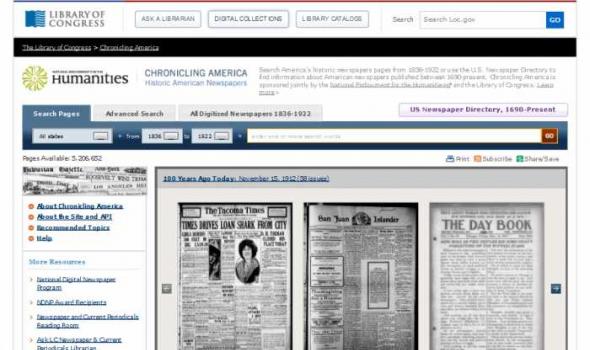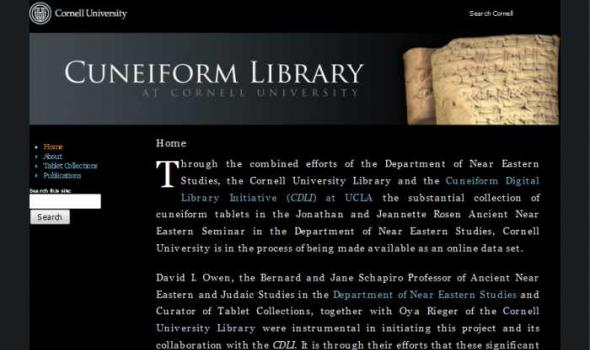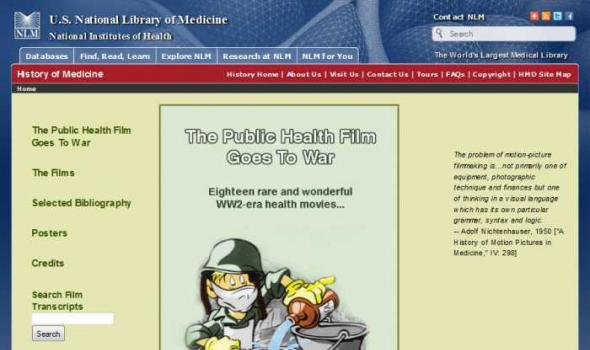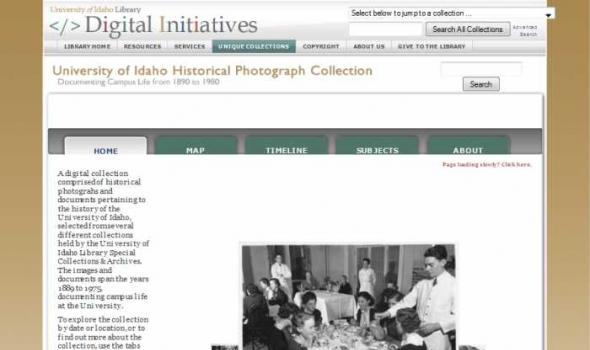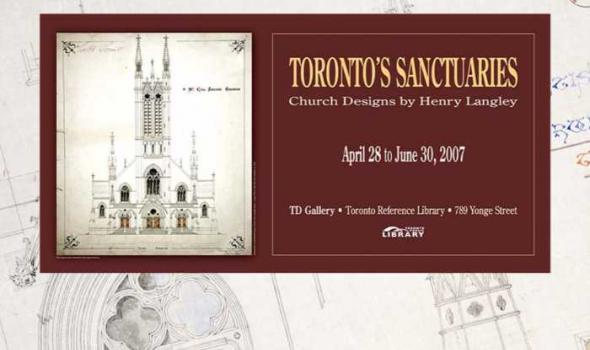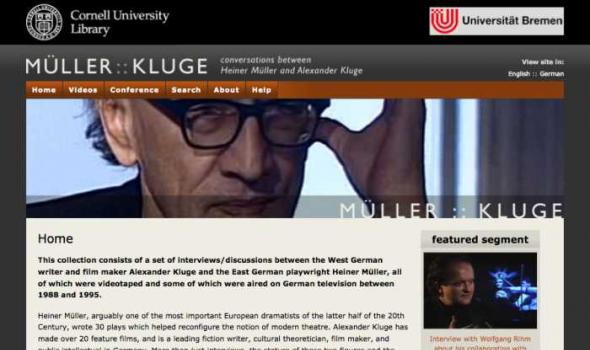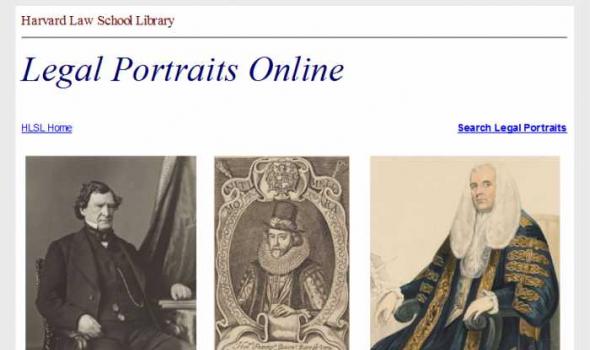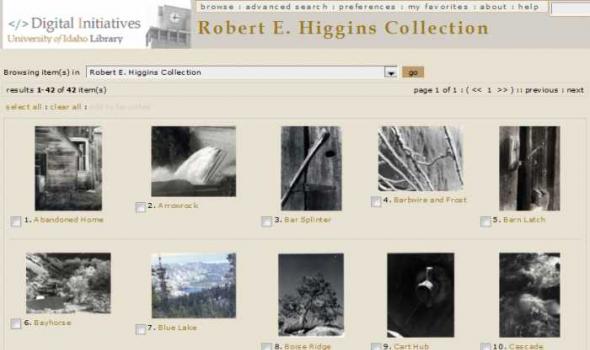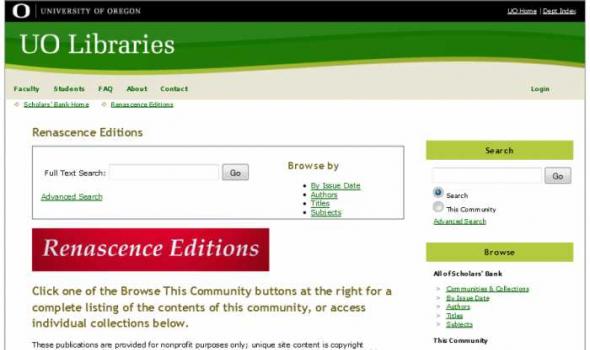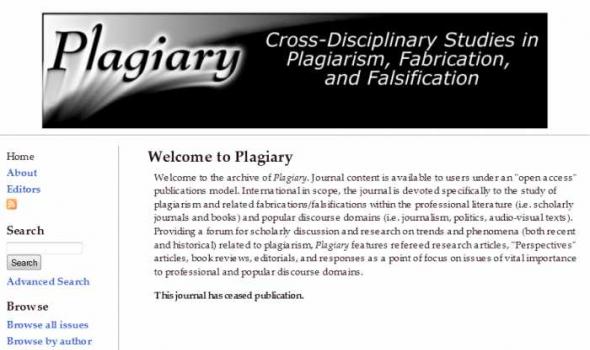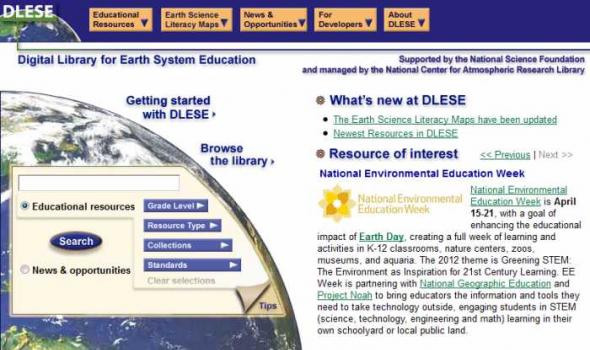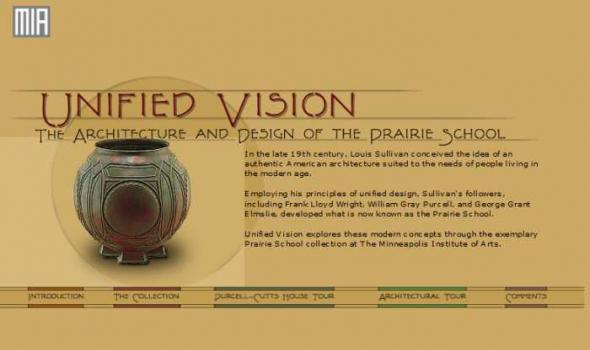Category: Politics
Results
The President's Daily Diary: November 22, 1963 - January 20, 1969 The secretaries outside the Oval Office prepared President Johnson's Daily Diary. Juanita Roberts, the President's personal secretary, assigned the responsibility of preparing the Diary to secretaries in the office. A particular person would "work" the Diary for a scheduled period. As visits and telephone calls occurred, the secretary "working" the Diary would note them; occasionally the secretary missed noting a call or meeting. White House staff who worked closely with the President frequently entered the Oval Office without the visit being noted in the Diary.
Guns, tanks, and bombs were the principal weapons of World War II, but there were other, more subtle forms of warfare as well. Words, posters, and films waged a constant battle for the hearts and minds of the American citizenry just as surely as military weapons engaged the enemy. Persuading the American public became a wartime industry, almost as important as the manufacturing of bullets and planes. The Government launched an aggressive propaganda campaign with clearly articulated goals and strategies to galvanize public support, and it recruited some of the nation's foremost intellectuals, artists, and filmmakers to wage the war on that front.
This exhibit highlights the contributions of the thousands of Americans, both military and civilian, who served their country during World War II. Documents from the National Archives and Records Administration's (NARA) National Personnel Records Center in St. Louis form the core of the exhibit. For those who lived through the Second World War, this exhibit may help them recall their experiences. For those who did not, it is hoped they will gain a deeper understanding of the sacrifice and commitment of those Americans who, after almost four years, were "A People at War."
National Archives and Records Administraton Eyewitness American Originals from the National Archives Introduction Out of the stacks and vaults of the National Archives comes this selection of eyewitness accounts. They are vivid and intensely personal, transporting us to a deeper understanding of the events described.
This exhibition examines Presidential elections, with a particular emphasis on elections in the last 80 years when radio and television brought these campaigns into the living rooms of homes across America. Text, photographs, graphic images, original artifacts and campaign memorabilia, as well as audio and video stations will be featured in the exhibition. In addition, a series of activity areas will invite visitors to participate in election activities such as mock voting and campaigning. The exhibition will be organized in a series of theme areas that survey aspects of Presidential campaigns and elections over the years.
Since the signing of the Declaration of Independence, our rights as citizens of the United States have been debated, contested, amended, and documented. The Bill of Rights, the first 10 amendments to the Constitution, established our basic civil rights. Later amendments and court decisions have continued the process of defining our human and civil rights. Documents in the National Archives give voice to our national struggle for personal rights and freedoms. From the Emancipation Proclamation to the five cases that comprised Brown v. Board of Education , this exhibit features a sampling of documents from all regions of the National Archives.
Federal Designs: Symbolism Symbols are an important part of America`s design heritage. They establish and reinforce the national identity and patriotism. In some cases, American symbols are based on recognized associations. The ideals of Greek democracy, the power of Imperial Rome, or the refinements of European fashion frequently are reflected in Federal designs. At other times and for other purposes, designers created icons using images unique to this new country, to this new form of government, and to America`s aspirations to world power.
Dear Bess: Love Letters from the President "Dear Bess: Love Letters from the President" February 12, 1998 through September 1, 1999 Garden Room, Truman Library & Museum The Harry S. Truman Library and Museum is one of thirteen Presidential Libraries administered by the National Archives and Records Administration . 500 W. US Hwy. 24. Independence MO 64050 truman.library@nara.gov ; Phone: 816-268-8200 or 1-800-833-1225; Fax: 816-268-8295.
During the depths of the Great Depression of the 1930s and into the early years of World War II, the Federal government supported the arts in unprecedented ways. For 11 years, between 1933 and 1943, federal tax dollars employed artists, musicians, actors, writers, photographers, and dancers. Never before or since has our government so extensively sponsored the arts. MORE... This link is not functional because your browser does not support JavaScript or Javascript has been disabled. Please use this link to MORE...
Looking Back on the American Century February 5 � April 30, 2000 In 1940 publisher Henry Luce used the phrase "the American Century" to describe the emergence of the United States as the preeminent world power. Beginning with the accession of a young and energetic Theodore Roosevelt to the Presidency in 1901, the United States began to turn its vast resources onto the world stage. Since that time, through world wars, depression, boom times, social upheavals, scientific and technological developments, and cultural trends, the United States vigorously placed its stamp of influence on the 20th Century. This exhibition presents a small taste of the American Century.
During the debates on the adoption of the Constitution, its opponents repeatedly charged that the Constitution as drafted would open the way to tyranny by the central government. Fresh in their minds was the memory of the British violation of civil rights before and during the Revolution. They demanded a "bill of rights" that would spell out the immunities of individual citizens.
The Federal Convention convened in the State House (Independence Hall) in Philadelphia on May 14, 1787, to revise the Articles of Confederation. Because the delegations from only two states were at first present, the members adjourned from day to day until a quorum of seven states was obtained on May 25. Through discussion and debate it became clear by mid-June that, rather than amend the existing Articles, the Convention would draft an entirely new frame of government. All through the summer, in closed sessions, the delegates debated, and redrafted the articles of the new Constitution.
In 1761, fifteen years before the United States of America burst onto the world stage with the Declaration of Independence, the American colonists were loyal British subjects who celebrated the coronation of their new King, George III. The colonies that stretched from present-day Maine to Georgia were distinctly English in character although they had been settled by Scots, Welsh, Irish, Dutch, Swedes, Finns, Africans, French, Germans, and Swiss, as well as English. As English men and women, the American colonists were heirs to the thirteenth-century English document, the Magna Carta, which established the principles that no one is above the law (not even the King), and that no one can take away certain rights.
April 22 -- October 29, 2000 "Remember the ladies," Abigail Adams had admonished her husband when our forefathers wrote the Declaration of Independence. This advice was ignored not only by John Adams but also by many subsequent generations. Now, over 200 years later, we see an encouraging transformation toward equal rights for women and a new curiosity about women's history. A fascinating array of female personalities have shaped our American experience,106 of whom are featured in our exhibit. Our opening gallery showcases unforgettable women who represent many qualities worthy of our appreciation. Then journey through time as women's struggles and progress from colonial times to the present are told through historical narratives and short biographies.
"American Originals" is a changing exhibit that has presented the nation's greatest documentary treasures in the Rotunda of the National Archives Building since December 1995. Over the years, the exhibit has featured the first printing of the Declaration of Independence, the police blotter listing Abraham Lincoln's assassination, the first report of the Titanic's collision with an iceberg, Rosa Parks's arrest records, and many other items. Both famous and rare, these documents provide unique insights into the towering figures and events that have shaped U.S. history.
Here will be preserved all . . . the records that bind State to State and the hearts of all our people in an indissoluble union. --President Herbert Hoover, upon laying the cornerstone of the National Archives Building, February 20, 1933 American Originals presents some of the most treasured documents in the holdings of the National Archives. They have passed through the hands of George Washington, Helen Keller, Wyatt Earp, Napoleon, Rosa Parks, and John Hancock, connecting us physically to another moment in time. While some of the documents announce their own importance with a grand design, others quietly mark a revolution.
Here will be preserved all . . . the records that bind State to State and the hearts of all our people in an indissoluble union. --President Herbert Hoover, upon laying the cornerstone of the National Archives Building, February 20, 1933 In 1803 the young republic nearly doubles in size with the Louisiana Purchase. A casualty list of the 54th Massachusetts Infantry Regiment reveals the sacrifices of the most celebrated African-American regiment that fought in the Civil War. A police blotter lists the assassination of President Abraham Lincoln, April 14, 1865.
Cornell Vicos Collection About the Vicos Collection The Program represents an optimistic view of both the possibilities for and the benefits of change. The contemporary North American view emphasized the importance of agricultural productivity as a means to improve closed, ignorant, impoverished communities such as Vicos. In addition, the social science of the time stressed the essential relationship between economic development national integration. The Vicosinos would exercise the duties of citizenship in exchange for the rights that the Peruvian nation afforded them. Evaluations of the Cornell-Peru Program describe it as a qualified success.
Welcome to the Regmi Research Series Collection Mahesh Chandra Regmi, Nepal's leading historian and archivist, who died in July 2003, was born in Kathmandu in December 1929 to a family of musicians; Regmi opened the Regmi Research Centre in 1959. As the renowned University of California scholar Leo Rose remarked in the mid- 1970s, Regmi's decision to start a private research centre, "was almost inconceivable in Nepal at that time", especially because there were no "assured sources of financial support from either the government of Nepal, a Nepali educational institution, or a foreign foundation". Regmi's initiative, Rose continued, "was indicative not only of a proclivity for entrepreneurship rare in Nepal but also of an independence of mind and a dedication to scholarship". Father Dr.
Due to Cornell's longstanding ties with Liberia, specifically through Professor Milton Konvitz's 20 years with the Liberian Law Codification Project and Professor Jane Hammond's work organizing the National Law Library , the Cornell Law Library has an extensive collection of Liberian materials, some of which are unique due to the destruction of the National Liberian Library during the civil war. With the end of hostilities in Liberia and as the country begins the process of rebuilding, scholarly interest in Liberia's past, present, and future has increased.
About While most research on the very early period of the reform era focuses on New England or New York City, Friend of Man illustrates that reform was thriving in Central New York as well. In this periodical, one meets a small, but vocal group of people from both races and all walks of life, intent on changing America. Scholars studying social reform in New York State will be interested in Friend of Man 's revelations about the regional interconnectedness of reform, especially in areas such as Utica, Rochester, Buffalo, Albany, and New York City.
